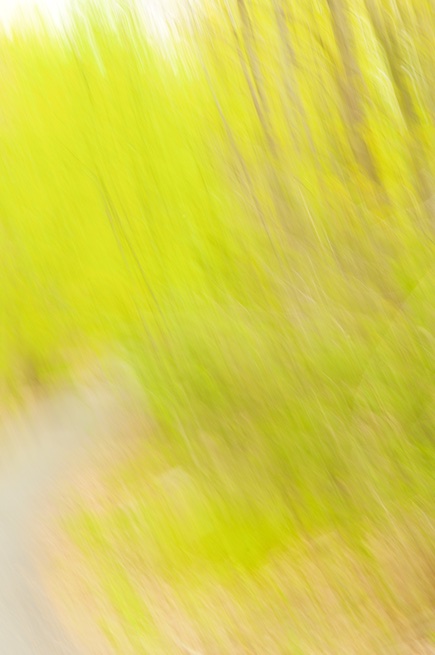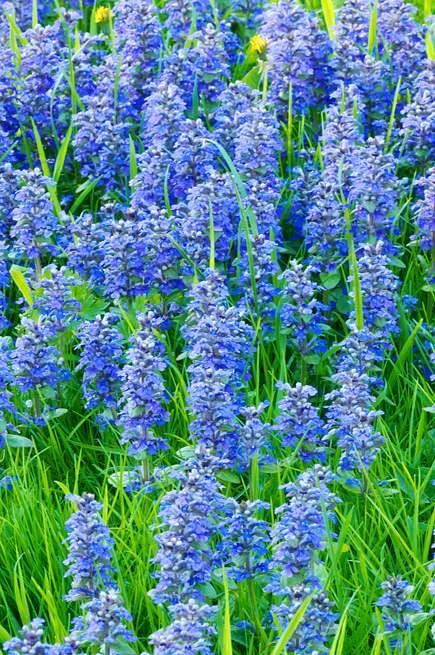
Welcome.
Wednesday, November, 19, 2025
I'm a published fine art outdoor/nature photographer, writer and certified teacher.
I teach private one-on one online and phone consultation photography courses weekdays and weekends.
I have 25 years experience as an educator and professional landscape, macro and wildlife photographer.
Photography lessons are designed for users of DSLRs, mirrorless cameras, iPhones/Smartphones, and compact cameras.
Courses are customized to meet your specific objectives, learning speed, schedule, subject interests and skill level.
To schedule a course and for more information contact me at a.turow@aol.com
Private Instruction Tuition: On-line lessons $75 .hr. One-on-one Web and phone conferencing including use of a free Flickr photo sharing site.
Course descriptions:
Art of Seeing: Aesthetics, composition, color, design, finding subjects, lighting and developing a creative vision.
Professional Image Critique and Review: I will review your images and offer a detailed analysis.
Choosing Photographic Equipment: Avoid making expensive mistakes purchasing cameras and lenses. Obtain Unbiased advice from a working professional photographer with decades of experience photographing outdoor and nature subjects 1. hr. $50.
Choose from the following locations:
Online courses from the comfort and convenience of your home.
Click on images to view in large size. Use back button or click on image again to return to main page.
Photos and Text Copyright by Adam Turow. All Rights Reserved.
About the Instructor
I have been an educator, photographer and writer for the past 25 years. My articles and images have appeared in books, blogs, corporate art displays, magazines, newspapers, national park visitor center exhibits and in public relations materials for clients in the private and public sectors.
I worked as a manager for a Fortune 100 company for many years and in the communications industry for decades. At various points in my career, I have been employed as a national park ranger and professional photographer at Morristown National Historical Park, NJ., Shenandoah National Park, VA., Yosemite National Park, CA., and Delaware Water Gap National Recreation Area, NJ/PA.
Gear: I use Canon, Nikon and Sony digital camera systems. My lenses range from 20mm wide angle to a 500mm telephoto. My favorite lenses are the macros. I have them in normal, short telephoto and medium telephoto focal lengths.
Male Eastern Tiger and Spicebush Swallowtails “Puddling.”
Swallowtails are very large insects. When basking in the sun, their outspread wings can be 8 to 14 cm (3 to 5.5 inches) from tip to tip. Their colors are vibrant. Broad yellow wings are edged by black and with four stripes, like tapering chevrons from the forewing margins downward into the yellow wings.
Although they are solitary creatures, often flying high in the treetops, you can sometimes spot a special sight when a group of swallowtail "puddles" as this group is doing. Male butterflies come together at damp places in the soil and drink water. The water contains sodium ions and various amino acids, which allow them to live longer.
Black Currant Berries in a Woodland
Digital RAW files are available for sale to art directors, editors, publishers, photo researchers, stock houses, advertising/public relations agencies and other interested individuals.
Rainy Day in a Woodland
Digital RAW files are available for sale to art directors, editors, publishers, photo researchers, stock houses, advertising/public relations agencies and other interested individuals.
Weathered Wood on an Old Barn
Understanding how your camera measures and reads light is critical to becoming an accomplished photographer. If you tried to make an image like this on the automatic modes or even on the aperture priority mode without any adjustments you would be disappointed with the result. Your photograph would be overexposed.
I teach a course on exposure and metering which is very popular. You will learn about light, tonality, and how to make professional quality images in tricky lighting situations.
Young Eastern Gray Squirrels
I have been photographing wildlife for 30 years and have accumulated a wealth of knowledge during this time. In college, I took a lot of science courses including botany, biology, ecology, zoology, wildlife management and natural resource management.
The best advice I can give someone to improve their natural history photography is to be a good naturalist. The more you know about your subjects the better photographs you will make.
Photos and text on this site Copyright 2012-2025 by Adam Turow. Contents cannot be used in any way without written permission. All rights reserved.
Fade to Black
Most people would walk right by this and never notice its potential as an artistic photograph. Over the years, I have trained myself to notice everything even the smallest details hidden in a scene. If you do not feel you have the ability to see like an artist don't give up. This a skill that can be learned and developed.
I teach a course titled "Art of Seeing" which covers aesthetics, composition, color, design, lighting and developing a creative vision. i guarantee this lesson will improve your photography.
Black and White photography is a classic art form. To make a s sucessful balack and white photo you need a scene with a wide range of tones, contrasts and interesting shapes. As in all types of photography quality lighting is essential.

My Mission Statement
1. Help students understand and master their equipment so they can be in full control of their images.
2. Learn to see and think like an artist (assist students in developing composition/design skills and a creative vision).
3. Understand lighting and use it to create professional quality photographs.
4. Develop expertise in outdoor photography (macro, landscape, nature, people, travel, wildlife).
5. Mentor students in reaching their personal/professional goals and objectives.
If you are new to digital photography, at a beginners level or need a refresher lesson, I recommend my "Learning Your Camera" course. This private session covers camera settings and operation. The lesson will equip you with the skills needed to take control of the photographic process by relying less or not at all on the camera's automatic settings. Since this is a private class the focus is 100% on you, the equipment you use, your objectives, skill level, subject interests and your learning speed.
if you're an iPhone/Smartphone photographer or use a digital camera, consider registering for the "Art of Seeing" course. This in-depth lesson covers the aesthetic component of photography and is guaranteed to make you a better photographer. You will learn about design, composition, lighting, color, finding subjects, what makes a good photograph and what doesn't, how to make artistic photographs and how to be more creative.
Autumn Foliage
The 70,00 acre Delaware Water Gap National Recreation Area located on the border of New Jersey and Pennsylvania is one of the jewels of the national park system. The recreation area is an outstanding scenic area. The park includes 40 miles of the National Wild and Scenic Delaware River.
I teach many of my courses at Delaware Water Gap. Its an ideal location for capturing a wide range of images from old homes, abandoned farms, landscapes, macros, rural life subjects, waterfalls and wildlife. I know this park intimately. I have been photographing in the national recreation area for 25 years.
Wirehaired Pointing Griffon Posing for a Portrait
Many people associate portrait photography only with images of people. A good portrait can be made of any interesting subject. I like to make portraits of people, pets, wildlife, birds, barns, old houses, flowers and landscapes. The techniques of good portrait photography are similar for all these subjects.
Country Road
I like to create artistic images using creative techniques like motion blur, selective focus, shallow depth of field, an unusual perspective, intentional over and underexposure etc. I enjoy experimenting with these techniques and and many others.











